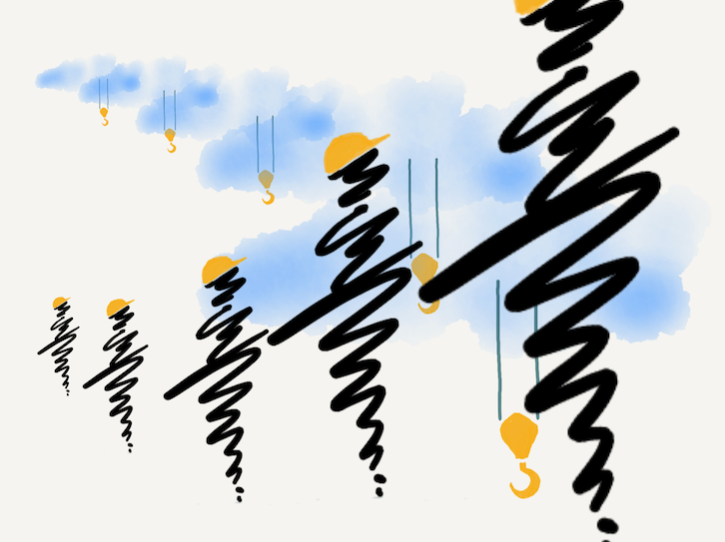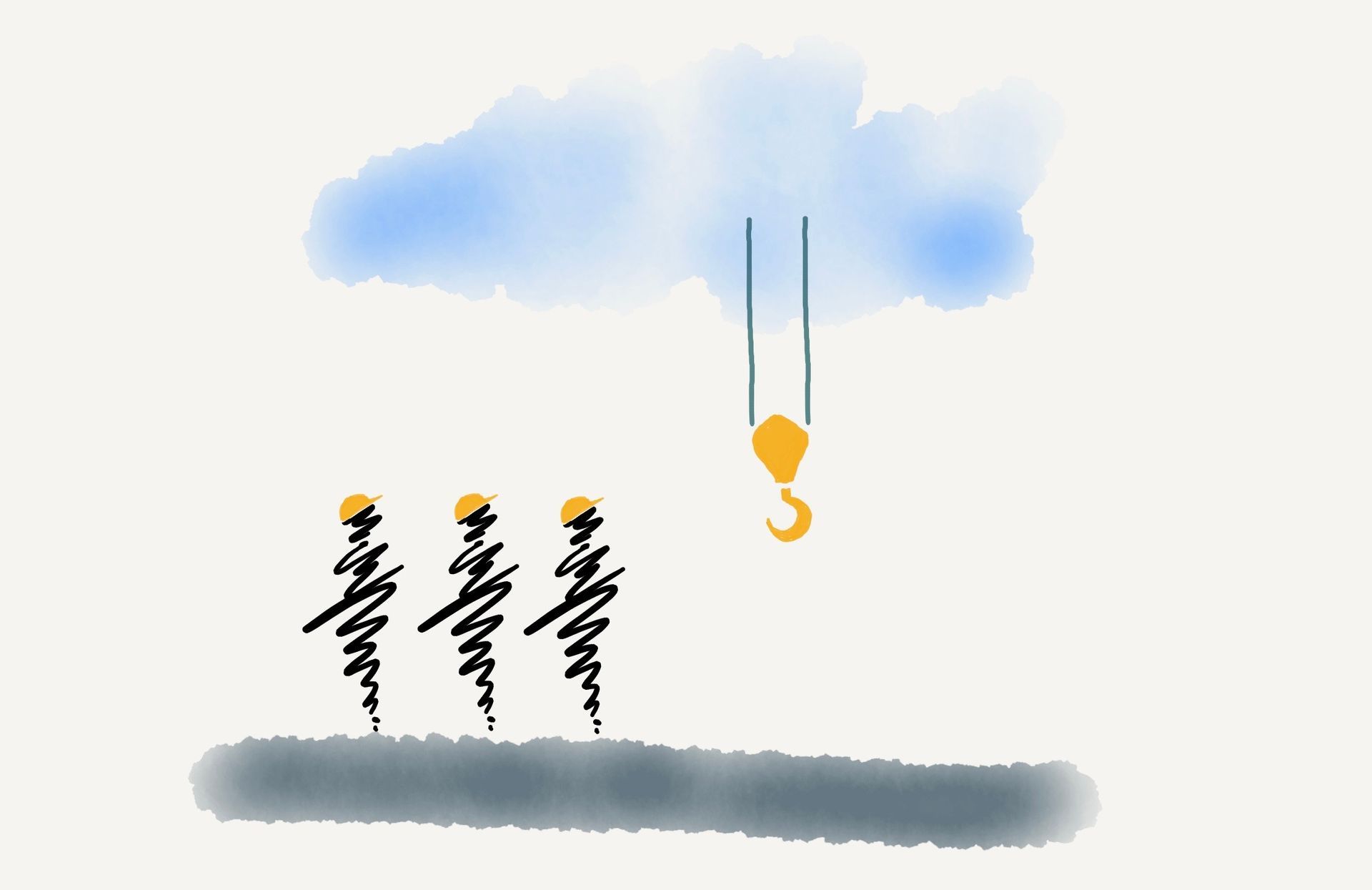My journey into Construction Engineering: Part 2 of 3
Clarity, connection and diversity
This blog was sparked by the question “Why, after thirty years designing finished buildings, have I spent the last decade getting excited about the way they are built?” Part 1 made a distinction between ‘Temporary Works’ and ‘Construction Engineering’ – the latter being a wider activity where the sequence of construction influences what Temporary Works will be needed.
So, now let me explain where the fun is, and why Construction Engineering has tempted me away from consultancies over to life in contracting. My list has condensed down to six key points, and the first three are:
- Clarity of solution
- Connection to construction
- Diversity of challenge
Clarity of solution
I have always loved Modernist architecture - perhaps that is no surprise given that my first ten years of work were with Arup Associates(1) and Foster and Partners. From the 1930s the phrase “form follows function”(2) was the battle cry for the Modernist movement. The key question was always “does it work” and any added decorative elements were seen as “superfluous ornaments”.
Architecture today embraces a much wider palette of styles than just functionality, and I recognise this may be for the best. However, I still admire the clarity of thought needed to create perfect, minimalist solutions and the Modernist in me finds beauty in solutions that ‘looks right and are right’.
Temporary Works design a perfect arena to indulge my modernist urges. What is the problem we are faced with? What is the simplest, most sustainable, cheapest, fastest, safest solution to achieve that aim? Elegant thought is needed and celebrated – but visual beauty isn’t a requirement as it will be gone in a few weeks or months and replaced by the new thing.
Connection to construction
Some may disagree, but over the decades the design of permanent works has become increasingly remote from the construction process. Perhaps this is due to the increasing sophistication and integration of finished buildings, or the way procurement is packaging and dividing design work. Design can be outsourced to other countries, and the pandemic has further reinforced this scattering.
In an increasingly litigious world, some consultants try to distance themselves from the construction process. In America I was once told never to say the word ‘safety’ for fear of attracting liability. Behaviours vary significantly between consultancies, but some designers seem to try and avoid any serious consideration of the construction process.(3)
The refreshing contrast of being part of a Contractor’s team first came clear to me eight years ago when a designer’s error caused significant and dramatic cracks in some columns. Based on my previous consultant’s mindset, my first reaction was to allocate likely liability and then push definition of the solution their way. A comment by a colleague crystallised the new world I was in. “We’re the main contractor, and it’s going to impact us regardless, so we should drive the solution. Liability can be worked out later”.
Consultants often run from risks whilst protecting small percentage fees. As Contractor you are implicitly surrounded by all the risks, so you may as well embrace this, maintain the programme and get the job done. It’s so refreshing to be able to ‘lean in’ to the key issues!
Diversity of challenge
Don’t get me wrong, I greatly enjoyed twenty-five years of designing finished buildings. However, there were sometimes lengthy repetitive periods within a project, for instance working through all the composite beam designs on all floor levels. Sometimes there was iterative refinement of a system between projects - I seem to design a lot of glass roofs for instance. But I do love continuous learning, and the similarities between each subsequent project was no longer quite lighting my candle.
When I joined a contractor there was so much more to learn! Hooray! In my first role nine years ago, I had to learn in detail about Modern Methods of Construction and Manufacturing. At McGee I have been mentally deep diving across all the diverse fields of Temporary Works.
I’d particularly highlight the challenges of working with existing buildings. Sometimes we need to get large plant onto floorplates with limited load capacity, or we are working out how to maintain stability as we carry out complex surgery above or below ground.
In a new building the designer is fully in control, but with existing buildings you are wrestling with an opponent! It’s great fun and full of unanticipated challenges.
In Part 3 shall talk about my other three headlines: Diversity of mindsets, project pace and sustainability’s next frontier.
How much fun can you take?
(1) Arup Associates were the architectural practice created by Ove Arup in parallel to the engineering consultancy, reflecting his wider vision of “total design”.
(2) “It is the pervading law of all things organic and inorganic, of all things physical and metaphysical, of all things human and all things superhuman, of all true manifestations of the head, of the heart, of the soul, that the life is recognizable in its expression, that form ever follows function. This is the law” Louis H Sullivan, 1896
(3) I am pleased to say some consultants remain very open to proper collaborative discussions about construction sequences. They tend to be the ones used to having contractors as clients, and are thus more comfortable in that space.





